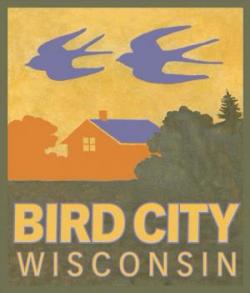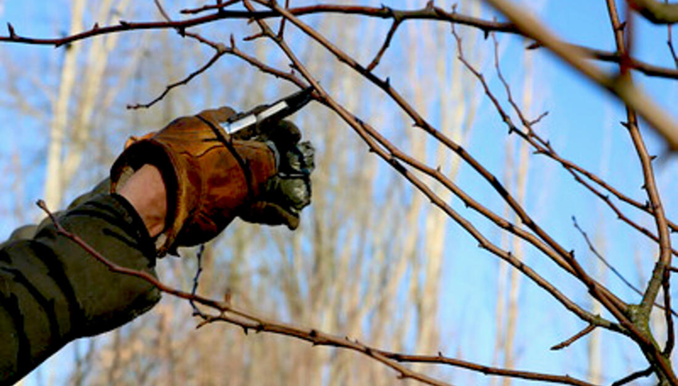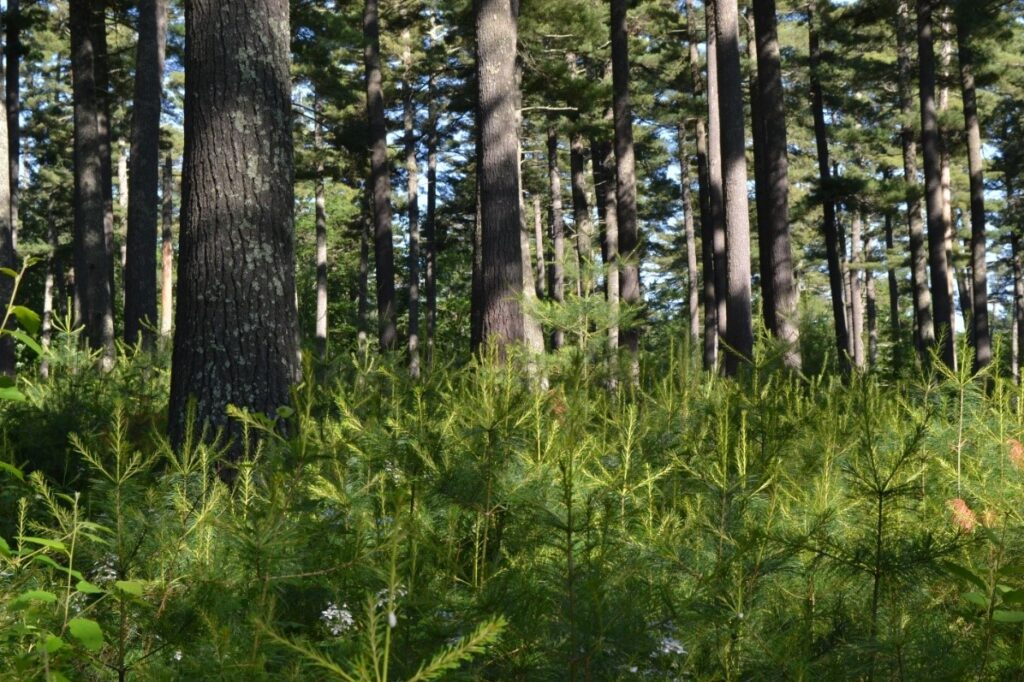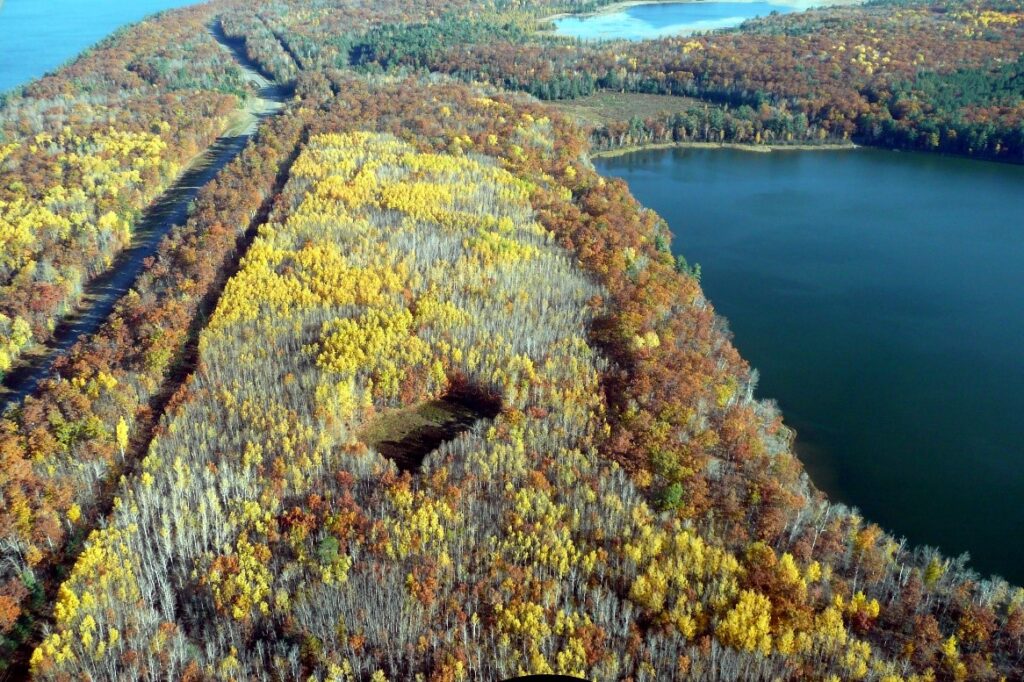 Act fast to keep your Tree City, Bird City and Bee City status! Due dates are as follows:
Act fast to keep your Tree City, Bird City and Bee City status! Due dates are as follows:
- Tree City USA (TCUSA) applications are due Dec. 31
- Bird City Wisconsin renewal applications are due Jan. 31 (new applications can be submitted anytime)
- Bee City USA renewal applications are due Feb. 28 (new applications can be submitted anytime)
These three programs are each managed by a different nonprofit, but they have a lot in common. In fact, a single project could be used to help meet all three programs’ requirements!
Continue reading “Deadlines Approaching For Tree City, Bird City And Bee City Applications”

 This pruning workshop for ages 18+ is designed to elevate tree and shrub care for professionals and beginners.
This pruning workshop for ages 18+ is designed to elevate tree and shrub care for professionals and beginners.
